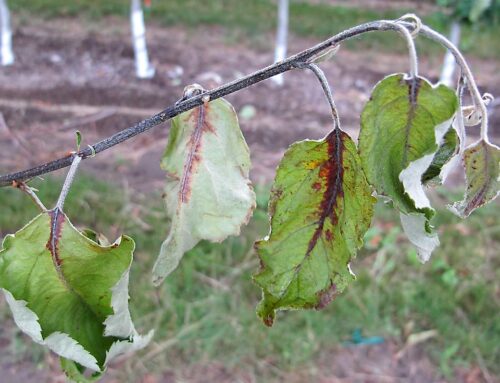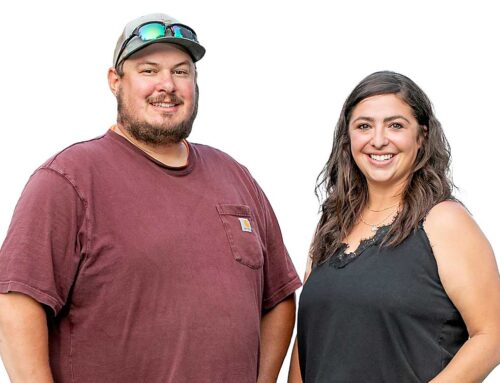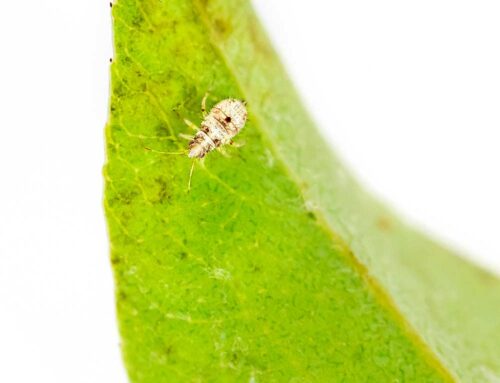 I grew up in the Sacramento River Delta, where winding levees hold back the mighty Sacramento River. After a decade or so of wandering and pursuing a career in newspapers, I find myself back here preparing to take over my family’s farm.
I grew up in the Sacramento River Delta, where winding levees hold back the mighty Sacramento River. After a decade or so of wandering and pursuing a career in newspapers, I find myself back here preparing to take over my family’s farm.
From the levee highway, you’ll see the river and sloughs on one side, sunlight shining silver in the green-brown water. On the other side of the highway, you look out past acres of geometric lines— orchards and row crops and more and more vineyards. My family’s farming business has been operating here since 1925. This collection of islands and tracts connected by drawbridges and ferries harbors some of the most fertile alluvial soil in California.
Settlers of the Delta transformed what was once 700,000 acres of tidal freshwater marsh into hundreds of thousands of acres of irrigated agricultural land. Many came in 1850 after the passage of the federal Swamp and Overflow Land Act, which transferred swampland to the state. The state legislature did away with acreage limits, and soon thousands of acres were privately owned.
Chinese immigrants who settled in the Delta by the 1860s built more than a thousand miles of levees to reclaim farmland. First-generation laborers from China, Japan, India, the Philippines, and Mexico came to work in orchards, asparagus fields, packing sheds, and canneries.
In the Delta’s heyday, fruits and vegetables were packed daily throughout the season on wharves close to the orchards and shipped on steamships to San Francisco and Sacramento. It’s long been a pear-growing center, with Bartlett pears still pulling in $32.7 million last year as Sacramento County’s third-biggest commodity. Wine grapes, by comparison, have shot to the top as a $93-million crop in Sacramento County.
Pulling pears
Starting this year, my family’s farming business, Darsie, Hutchinson & Pettigrew, will pull out our old pears, planting Chardonnay and Petite Sirah grapes in their place. It’s also my first year attempting to follow in my father’s footsteps in farming, after leaving a career as a newspaper reporter. The idea of being at the ranch appealed to me because I’d be able to be outside (rather than hunched at a desk on deadline every workday) and because it was an exciting prospect to jump into an industry that is growing. I like seeing hawks and coyotes during my workday. There’s an independence to farming that I can see being deeply satisfying.
It’s not the romantic lifestyle that many people think farming is. I struggle being a woman in a male-dominated world, valuing different things than a lot of the farmers I meet seem to value, and encountering the inherent injustices of a flawed immigration system—seeing the employees who work the hardest getting paid the least. It’s hard to come to terms with the reality that consumers aren’t willing to pay a price for pears and apples that would translate into adequate compensation for backbreaking, even dangerous, work.
As I struggle with the realities of farming, the vines in our first planting of Petite Sirah are growing rapidly, and I’m learning the tricks to finding balance in operating a ranch. It seems to me it could take years before I’ve acquired enough knowledge and experience to call myself a farmer. But, in the meantime, the seasons are flying by. The Redwings my dad gave me in a symbolic gesture last fall have gotten more scuffed and less obviously brand new. The back of my neck is dark brown from the sun. Things are progressing. It’s a little scary to be part of this venture of moving toward grapes, but I think it’s the right decision.
Pragmatism
I asked my dad recently if he was sad about ripping out the pear trees. He said no.
“In farming, you have to be pragmatic,” he told me, standing and squinting in the field where we are anxiously set to plant our first 24 acres of grapes.
It’s a strategic move. The state of California is poised to undertake a multibillion-dollar, multiyear project to install two gigantic tunnels to divert water from the Delta. Between escalating water demands and climate change—the Sierra snowpack is at 17 percent of its normal level—it seems smart to transition to a crop that takes half the water that pears do. Even more pressingly, the agricultural labor market continues to tighten.
“A really good picker or pruner in the pears is really skilled, and having skilled workers is what allows us to be competitive,” Dad said. “We don’t have them anymore.” During this past pear harvest, I’ve witnessed yet again—for however many years I’ve been out in the orchards during pear harvest since I was a teenager driving tractors—that exceptionally skilled work in action.
My dad is no stranger to taking risks at the ranch. People in the area thought he was crazy when he first planted Granny Smiths in 1980, the year after I was born, and when he planted on a Tatura trellis.
And he literally has given his blood, sweat, and tears to this land and to the attempt to make a good living farming. A year before I was born, in fact, he survived a farming accident in which he fell on a harrow. My mom and grandfather sped him, close to bleeding out, in the back of my grandfather’s car to the hospital, where he was kept for months recovering.
Dad has hoped that the pears will have a good crop in their last harvest, and it appears that it will be one of our best ever. We’ll begin to pull them out after the last pick.
The veteran ranch foreman, Alfonso Casillas, with whom I spend most of my time these days learning the ranch inside and out, is dreading the thought of ripping out the pears. He knows every tree like a parent knows a child.
He said he might have to miss work that day. •






Hi Kate! I had lunch with your grandmother today. We talked about you, farming, and water issues. This is a great article. Can you subscribe me to future articles? I would love to see you sometime. Love, Sarah
Hi, Sarah,
We’re thrilled to see you finding articles on goodfruit.com! To get delivery of our popular print edition, please visit https://goodfruit.com/shop/.
–Casey